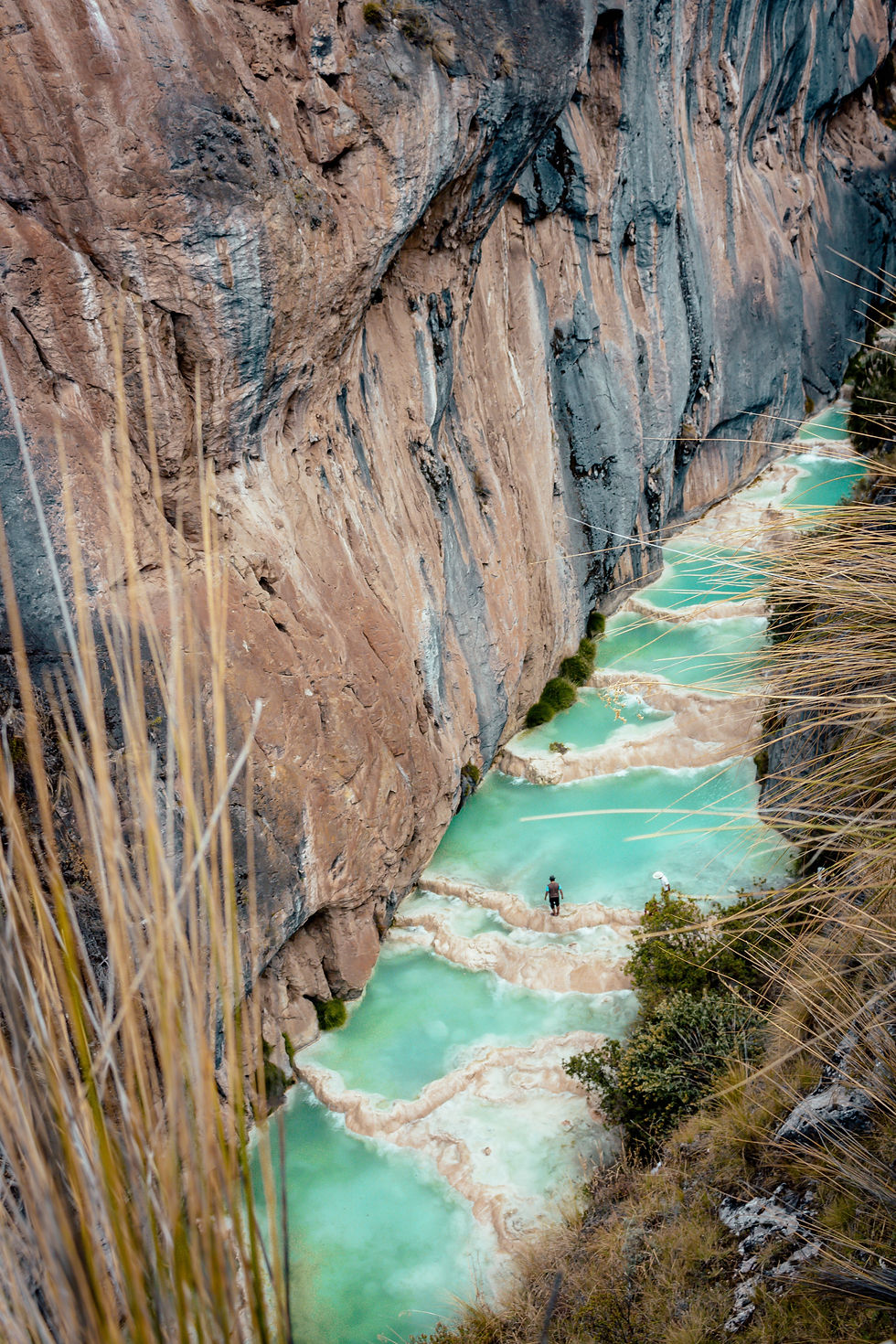Step Back in Time: Exploring theRich Heritage of Peru’s ColonialCities
- george16358
- Jun 29
- 2 min read
Peru's colonial cities are a testament to its rich history, blending Spanish architectural styles with indigenous influences. Exploring these cities offers a journey through time, showcasing well-preserved buildings, vibrant cultures, and historical landmarks. Here's an expanded guide to some of Peru's most captivating colonial destinations:

Lima: The City of Kings
As the capital of Peru, Lima boasts a historic center recognized as a UNESCO World Heritage Site. Key attractions include:
Plaza Mayor (Plaza de Armas): The heart of colonial Lima, surrounded by the Government Palace, the Cathedral of Lima, and the Archbishop's Palace.
San Francisco Monastery: Renowned for its baroque architecture and extensive catacombs.
Casa de Aliaga: One of the oldest colonial mansions in the Americas, still inhabited by the original family.
Lima's blend of colonial architecture and modern infrastructure offers a unique glimpse into Peru's historical evolution.

Cusco: The Imperial City
Once the capital of the Inca Empire, Cusco presents a harmonious blend of Incan foundations and Spanish colonial architecture. Notable sites include:
Plaza de Armas: A central square surrounded by colonial arcades, churches, and vibrant nightlife.
Cusco Cathedral: Built on the foundations of an Incan palace, this cathedral houses an impressive collection of colonial art.
San Blas District: Known for its narrow streets, whitewashed houses, and artisan workshops.
Cusco's unique architectural fusion makes it a must-visit destination for history enthusiasts.

Arequipa: The White City
Nicknamed "La Ciudad Blanca" due to its white volcanic stone buildings, Arequipa offers:
Santa Catalina Monastery: A colorful convent that feels like a city within a city, with its vividly painted walls and narrow alleys.
Basilica Cathedral of Arequipa: A neoclassical masterpiece dominating the main square.
Yanahuara District: Known for its scenic viewpoint offering panoramic views of the city and Misti Volcano.
Arequipa's well-preserved colonial architecture and cultural heritage make it a highlight of any Peruvian itinerary.

Trujillo: The City of Eternal Spring
Located in northern Peru, Trujillo is celebrated for its colonial charm and archaeological significance. Key sites include:
Plaza de Armas: A vibrant square featuring colorful colonial mansions.
Casa Urquiaga: A historic residence showcasing period furnishings and artifacts.
Chan Chan: The largest pre-Columbian city in South America, offering insights into ancient civilizations.
Trujillo's blend of colonial and pre-Columbian sites provides a comprehensive look into Peru's diverse history.

Ayacucho: The City of Churches
Known for its 33 churches, Ayacucho is a lesser-explored gem with significant colonial heritage. Highlights include:
Basilica Cathedral of Ayacucho: An architectural marvel with intricate details.
Semana Santa Celebrations: One of the most vibrant Holy Week festivals in South America, reflecting deep-rooted traditions.
Ayacucho offers an authentic experience of Peru's colonial past and cultural richness.

Planning Your Visit
When exploring Peru's colonial cities, consider the following:
Guided Tours: Many cities offer guided tours that provide historical context and access to restricted areas.
Local Cuisine: Each city boasts unique culinary traditions influenced by their colonial past.
Cultural Events: Check local calendars for festivals, markets, and performances to enrich your visit.
Peru's colonial cities are not just remnants of the past but vibrant communities celebrating their heritage. Embarking on this journey offers a profound appreciation of the country's historical depth and cultural diversity.




Comments